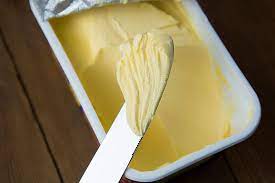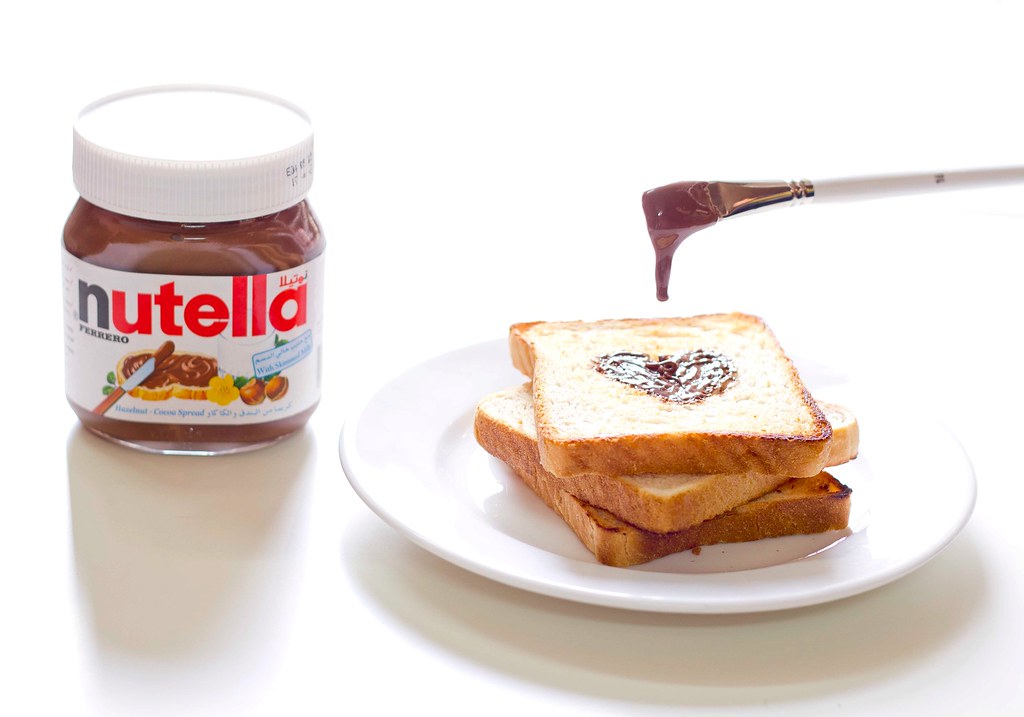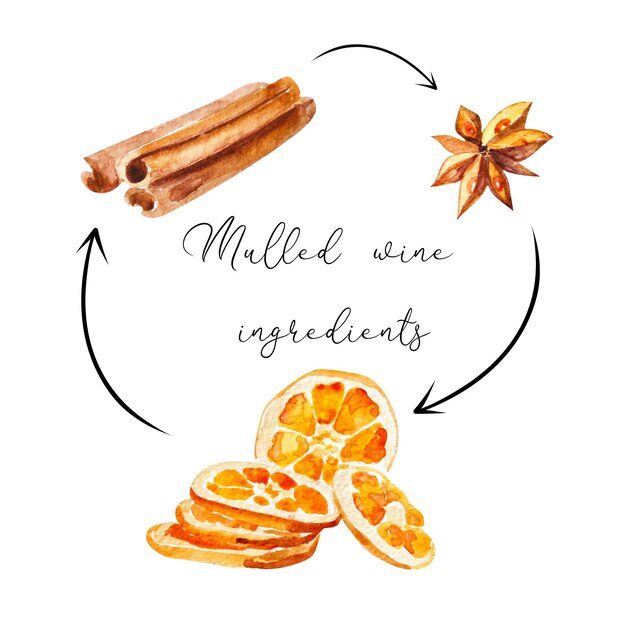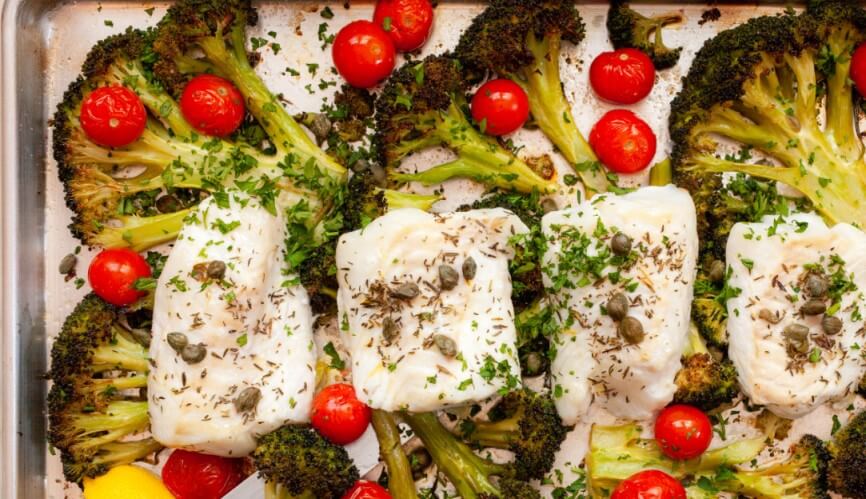Discover the Surprising Truth about What is Margarine and Its Impact on Your Health
Margarine is a popular substitute for butter that has been widely used in cooking and baking for many years. It is a spread made from vegetable oils and usually has a similar taste and texture to butter. Margarine is often used as a healthier alternative to butter, as it contains less saturated fat and cholesterol. It is also a popular choice for people who follow a vegan or dairy-free diet, as margarine is usually made without any animal products.
Margarine is made by blending vegetable oils, such as soybean, corn, or canola oil, with water, emulsifiers, and other ingredients. The mixture is then heated, cooled, and sometimes whipped to achieve the desired consistency. Some margarines also contain added vitamins and minerals, such as vitamin D and omega-3 fatty acids, to make them more nutritious.
Despite its popularity, margarine has been a topic of debate in recent years. Some studies have suggested that the trans fats found in some margarines may increase the risk of heart disease. However, many margarines are now made without trans fats or with reduced amounts of trans fat. It is important to read the labels and choose margarine brands that are lower in trans fats and higher in unsaturated fats.
Overall, margarine is a versatile and widely used substitute for butter. Whether you’re looking for a healthier option or need a dairy-free alternative, margarine can be a great choice in your cooking and baking endeavors.
What is Margarine?
Margarine is a butter substitute that is made from vegetable oils. It was first developed as an alternative to butter in the late 19th century, when butter shortages were common. Margarine is created through a process called hydrogenation, where vegetable oils are treated with hydrogen gas to solidify them.
Margarine is often used in baking and cooking, as it has a similar taste and texture to butter. It can also be spread on bread and used as a topping. Margarine is typically lower in saturated fat and cholesterol than butter, making it a healthier option for those looking to reduce their intake of these substances.
History of Margarine
The invention of margarine is credited to the French chemist Hippolyte Mège-Mouries, who patented the process in 1869. Initially, margarine was made from animal fats, but as concerns over health and animal welfare grew, vegetable oils became the primary ingredient.
Differences Between Margarine and Butter
While margarine and butter serve similar purposes in cooking and baking, there are some key differences between the two. Margarine is typically lower in saturated fat and cholesterol than butter, making it a healthier option. However, margarine often contains more trans fats, which have been linked to an increased risk of heart disease.
Additionally, butter has a richer flavor and creamier texture than margarine, which some people prefer. Butter also contains natural fats and vitamins that are not present in margarine.
In conclusion, margarine is a butter substitute that is made from vegetable oils. It is often used in cooking and baking, and is a healthier alternative to butter for those looking to reduce saturated fat and cholesterol intake.
Origin and History
Margarine was first invented in France by Hippolyte Mège-Mouriès in 1869. At the time, there was a shortage of butter and the French government offered a prize to anyone who could come up with a suitable substitute. Mège-Mouriès, a chemist, developed a process of churning beef fat with milk to create a spreadable and cheaper alternative to butter.
The word “margarine” comes from the Greek word “margarites,” meaning “pearl-like.” This name was chosen because the early margarine had a pearly appearance.
In the late 19th century, margarine was primarily made with animal fat and was seen as a lower-class alternative to butter. However, as the demand for margarine grew, manufacturers began using vegetable oils instead.
In the early 20th century, the production of margarine spread to other countries, including the United States. In the US, the dairy industry lobbied against margarine, as they saw it as a threat to their business. Laws were passed to restrict the sale and coloring of margarine, making it less visually appealing and more expensive.
During World War II, when butter was rationed in many countries, margarine became a popular substitute. After the war, the restrictions on margarine were lifted, and it became a staple in many households.
Today, margarine is produced using a variety of ingredients and processes, and is consumed in many different forms around the world.
Ingredients and Production
Margarine is made from a variety of ingredients, including vegetable oils, water, emulsifiers, salt, and sometimes milk or whey. The vegetable oils used in margarine are typically extracted from plants such as soybeans, corn, canola, or sunflowers. These oils are refined and processed to remove impurities and create a smooth and creamy texture.
Emulsifiers are added to margarine to help blend the oil and water together and prevent separation. Common emulsifiers used in margarine production include mono- and diglycerides. These emulsifiers help create a stable and uniform consistency in the final product.
Salt is added to margarine for flavor, although some low-sodium varieties may contain less salt or none at all. Milk or whey can also be added to provide a creamy and rich taste to certain types of margarine.
The production of margarine involves a series of steps, starting with the blending of the ingredients. The vegetable oils, water, emulsifiers, and other additives are mixed together in precise quantities to achieve the desired consistency and flavor.
Once the ingredients are blended, the mixture undergoes a process called hydrogenation. This process involves the addition of hydrogen gas to the oils, which helps to solidify them and increase their shelf life. Hydrogenation also creates the desired texture and stability in margarine.
After hydrogenation, the margarine mixture is cooled and often churned to further improve its texture. It is then packaged into containers, either in stick form or as a spreadable product.
Overall, the ingredients and production process of margarine are carefully controlled to ensure a consistent and high-quality product that can be used as a substitute for butter in cooking and baking.
Nutritional Value
Margarine is a versatile food product that is often used as a substitute for butter. It is made from vegetable oils and typically contains a blend of different oils, such as soybean, canola, or sunflower oil. As a result, margarine has a different nutritional profile compared to butter, offering some benefits and drawbacks.
Calories
Margarine is a calorie-dense food, providing around 100 calories per tablespoon. This can vary depending on the brand and type of margarine, so it’s important to check the nutrition label for specific calorie information. It’s worth noting that margarine might have fewer calories than butter, which has around 102 calories per tablespoon.
Fat content
One of the main differences between margarine and butter is their fat content. Margarine is generally lower in saturated fat compared to butter, which can be beneficial for heart health. However, it may contain trans fats, which are unhealthy fats that can raise bad cholesterol levels and increase the risk of heart disease. Therefore, it’s essential to choose margarine brands that are trans fat-free or have minimal trans fat content.
Additionally, margarine can provide essential fatty acids, such as omega-3 and omega-6 fatty acids, depending on the oils used in its production. These fatty acids are important for brain function, cell growth, and inflammation regulation.
Vitamins and minerals
Margarine is often fortified with vitamins and minerals to enhance its nutritional value. Common fortifications include vitamin A, vitamin D, and vitamin E. These vitamins play essential roles in various bodily functions, such as promoting healthy vision, supporting bone health, and acting as antioxidants to protect cells from damage.
Some margarines also contain plant sterols or stanols, which are compounds that can help lower cholesterol levels when consumed as part of a healthy diet.
Overall, the nutritional value of margarine can vary based on the specific brand and type. It’s important to read the nutrition label and choose margarine products that are low in trans fats and provide essential vitamins and minerals.
Differences from Butter
Margarine and butter are two popular spreads used in cooking and baking, but they differ in several key ways.
One major difference is in their ingredients. Butter is made from churned cream and typically contains a higher percentage of fat, around 80-85%. On the other hand, margarine is typically made from vegetable oils and contains less fat, around 60-70%. This difference in ingredients also leads to differences in taste and texture. Butter has a rich and creamy flavor, while margarine has a milder taste.
Another difference is in their nutritional profiles. Butter is higher in saturated fats, which have been linked to an increased risk of heart disease. Margarine, on the other hand, is often made with unsaturated fats, which are considered healthier. Some margarines also contain added vitamins and minerals.
Additionally, butter and margarine have different melting points. Butter melts at a lower temperature and tends to spread more easily. Margarine, on the other hand, has a higher melting point and may take longer to melt when used in cooking or baking.
Finally, there are differences in how butter and margarine are used in recipes. Butter is often preferred for its flavor and the richness it adds to dishes. It is commonly used in baking, on toast, and for sautéing or frying. Margarine, on the other hand, is often used as a substitute for butter in recipes where a milder flavor is desired or to accommodate dietary restrictions.
| Butter | Margarine |
|---|---|
| Higher in fat | Lower in fat |
| Rich and creamy flavor | Milder taste |
| Higher in saturated fats | Often made with unsaturated fats |
| Lower melting point | Higher melting point |
| Used for baking, frying, and spreading | Used as a substitute for butter and in recipes |
Uses and Recipes
Margarine, with its versatile nature and butter-like consistency, can be used in a variety of ways in cooking and baking. Here are some popular uses and recipes:
1. Baking
Margarine is a great substitute for butter in baking recipes. It can provide moisture and richness to cakes, cookies, and pastries. When using margarine in baking, make sure to follow the recipe instructions carefully, as the moisture content and fat percentage may vary compared to butter.
2. Spreading on Bread
Margarine is commonly used as a spread on bread and toast. It can be a healthier alternative to butter, as it tends to have less saturated fat. Margarine comes in various flavors, including salted, unsalted, and even flavored options like garlic or herb-infused varieties, adding a delicious twist to your sandwich or breakfast toast.
3. Cooking
Margarine can be used in various cooking methods, such as sautéing and frying. It has a higher smoke point compared to butter, making it suitable for high-heat cooking. Margarine can add flavor and richness to your savory dishes like stir-fries, pasta dishes, and roasted vegetables.
4. Vegan and Dairy-Free Recipes
For those following a vegan or dairy-free diet, margarine can be a valuable ingredient. It can be used in vegan baking and cooking, providing a similar texture and taste to butter. Make sure to choose a dairy-free or vegan margarine option, as some margarines may contain milk products.
Overall, margarine is a versatile ingredient that can be used in various ways to enhance the taste and texture of your recipes. Whether you’re baking, spreading it on bread, or cooking your favorite dishes, margarine can be a suitable substitute for butter.
“FAQ:” What is margarine
What is stick margarine, and how does it differ from liquid margarine in terms of composition and usage?
Stick margarine is a solid form of margarine, but how does it differ from liquid margarine in terms of composition and how are they typically used in cooking?
Why does margarine often contain polyunsaturated fats, and what role do these fats play in the overall nutritional profile?
In the context of margarine, why is there a presence of polyunsaturated fats, and what role do these fats play in shaping the nutritional content of margarine?
How does margarine compare to butter, and what are the key distinctions between the two in terms of ingredients and health considerations?
When comparing margarine to butter, what are the significant differences between the two, especially regarding ingredients and health-related considerations?
Why has the Food and Drug Administration (FDA) played a role in regulating the composition of margarine, and what standards are set for its production?
The Food and Drug Administration (FDA) is involved in regulating margarine, but what specific standards and regulations are set by the FDA for the production of margarine?
What is the significance of palm oil and soybean oil in the production of margarine, and how do these ingredients contribute to its texture and composition?
In the production of margarine, why are palm oil and soybean oil significant, and how do these ingredients contribute to the texture and overall composition of margarine?
What’s the difference between butter and margarine, and why must margarine contain less saturated fat than butter according to the U.S. Food and Drug Administration?
Margarine must contain less saturated fat than butter to meet health standards set by the U.S. Food and Drug Administration (FDA). The key distinction lies in the saturated fat content.
How do margarine manufacturers ensure their product meets specific standards, and what role does the U.S. Food and Drug Administration play in regulating margarine?
Margarine manufacturers adhere to specific standards to meet FDA regulations, ensuring ingredients and nutritional content align with health guidelines.
Can you substitute margarine for butter, and how does the choice between butter and margarine impact the taste of a dish?
Margarine can be a substitute for butter, but the choice between the two impacts the taste of a dish. Margarine may have a different flavor profile compared to butter.
What is the composition of regular margarine, and how does it differ from a butter blend or soft margarine?
Regular margarine typically contains vegetable oils and may differ in composition from a butter blend or soft margarine due to variations in oil content and processing.
Was margarine originally made from animal fats, and what led to the transition to using vegetable oils in margarine production?
Margarine was originally made from animal fats, but the transition to using vegetable oils occurred to provide a plant-based alternative and meet changing dietary preferences.
How do margarine companies achieve a solid texture in margarine, and what role does oil play in the overall consistency?
Margarine companies achieve a solid texture by manipulating the oil content. Oil is a key ingredient influencing the overall consistency and texture of margarine.
Is margarine a good choice for individuals concerned about heart health, and what factors should be considered when checking the ingredients list?
Margarine can be a suitable choice for heart health, but individuals should consider factors like saturated fat content. Checking the ingredients list helps make informed choices.
Can you use margarine instead of butter in various recipes, and how does this substitution impact the final product?
Margarine can substitute for butter in many recipes, but the substitution may impact the final product’s flavor, texture, and overall culinary characteristics.
Why is margarine often yellow, and what role does coloring play in the visual appeal of margarine products?
Margarine is often yellow due to added coloring. Coloring enhances the visual appeal of margarine products, making them more similar to butter in appearance.
How does margarine consumption compare to regular butter, and what factors contribute to individuals making the switch from butter to margarine or vice versa?
Margarine consumption varies compared to regular butter. Factors influencing the switch between the two include health considerations, taste preferences, and dietary choices.
What role do partially hydrogenated oils play in margarine, and how does this affect the overall nutritional content, especially concerning LDL cholesterol?
Partially hydrogenated oils are often used in margarine, but how do they influence nutritional content, particularly in relation to LDL cholesterol?
Why does margarine have a reputation for being a substitute in baked goods, and how does it compare to butter in this regard?
Margarine is frequently used as a substitute in baked goods, but how does it compare to butter when it comes to baking?
How does the U.S. Food and Drug Administration regulate the composition of margarine to ensure it meets health standards, especially in relation to saturated fat content?
The FDA plays a role in regulating margarine composition, specifically regarding saturated fat content. What measures are in place to ensure health standards are met?
What makes margarine available as an alternative to butter, and what characteristics contribute to margarine having a taste similar to butter?
Margarine is often presented as an alternative to butter, but what specific characteristics allow it to have a taste similar to butter?
Why is margarine often yellow, and how does the coloring of margarine impact its visual appeal, especially in comparison to butter?
Margarine is frequently yellow due to added coloring. How does this coloring impact the visual appeal of margarine, especially when compared to butter?






